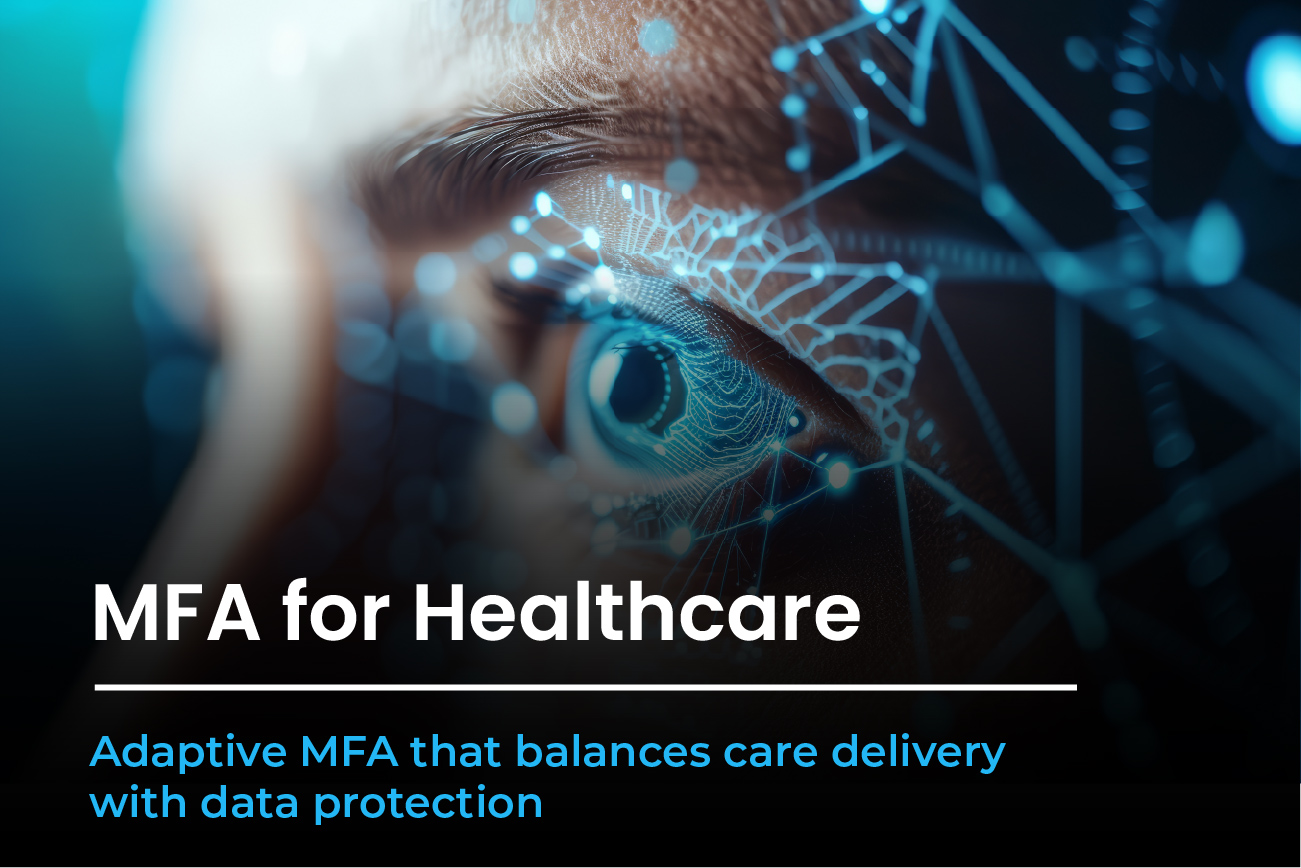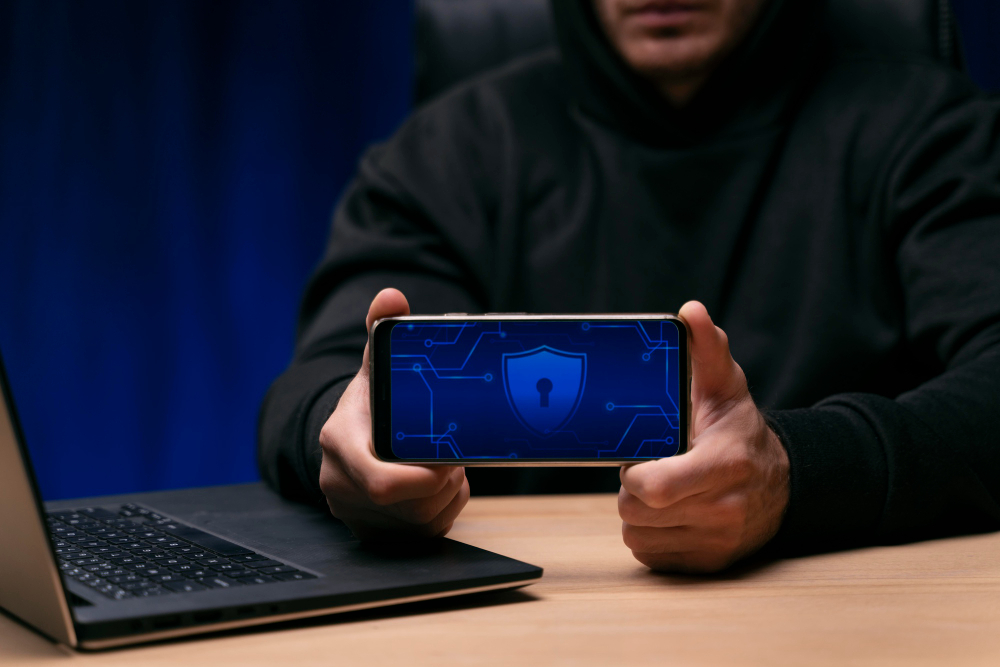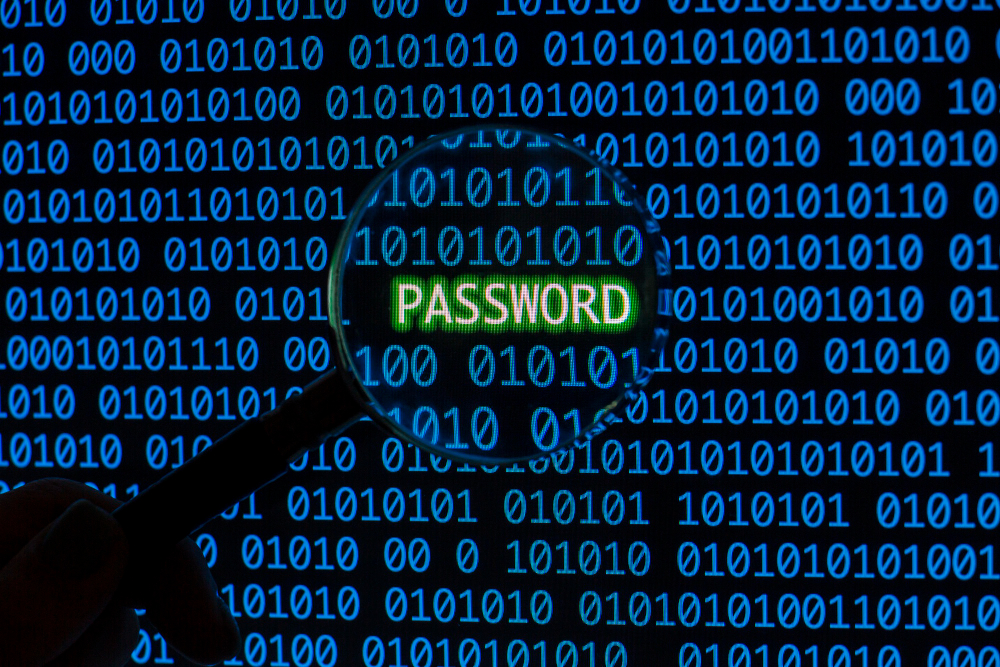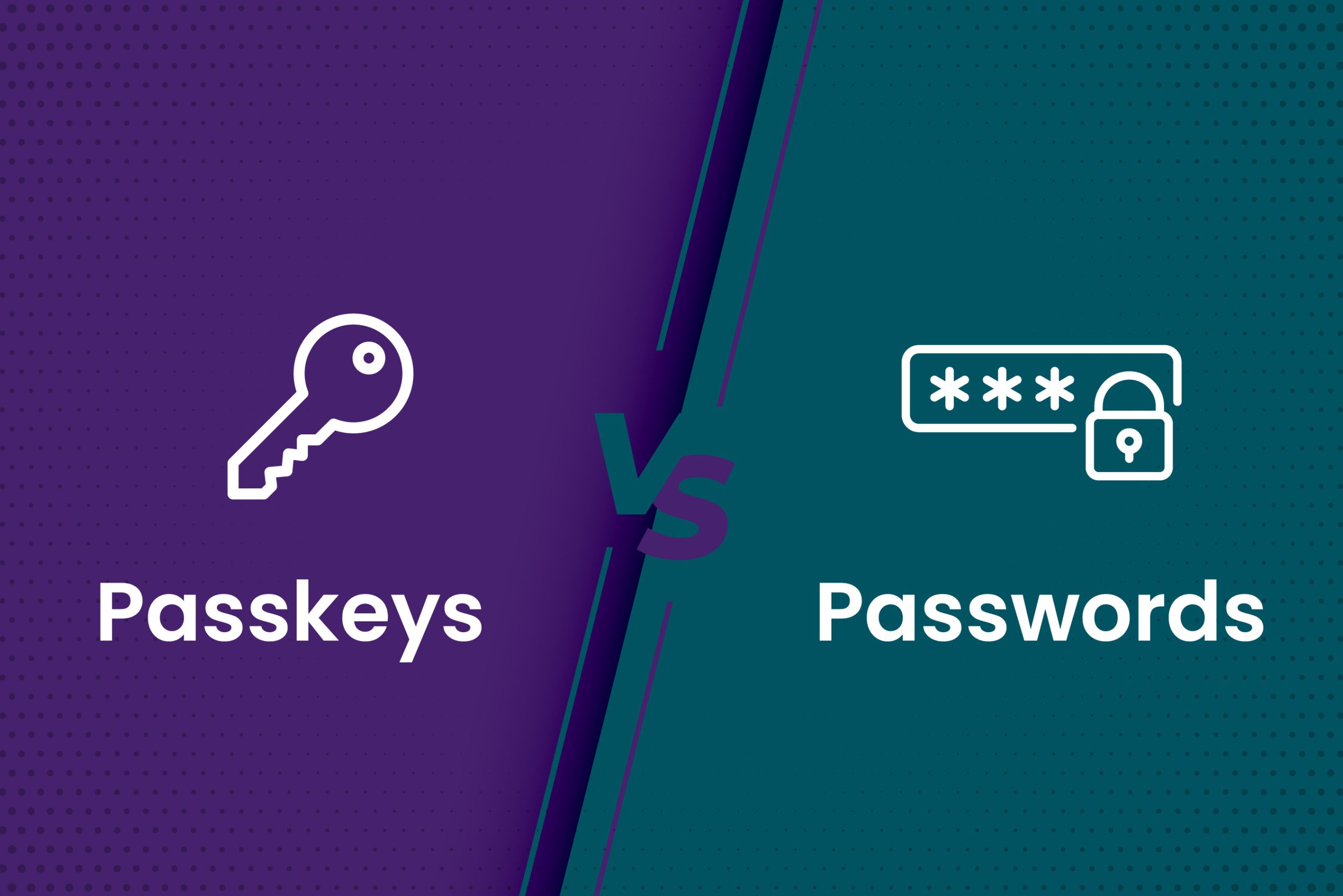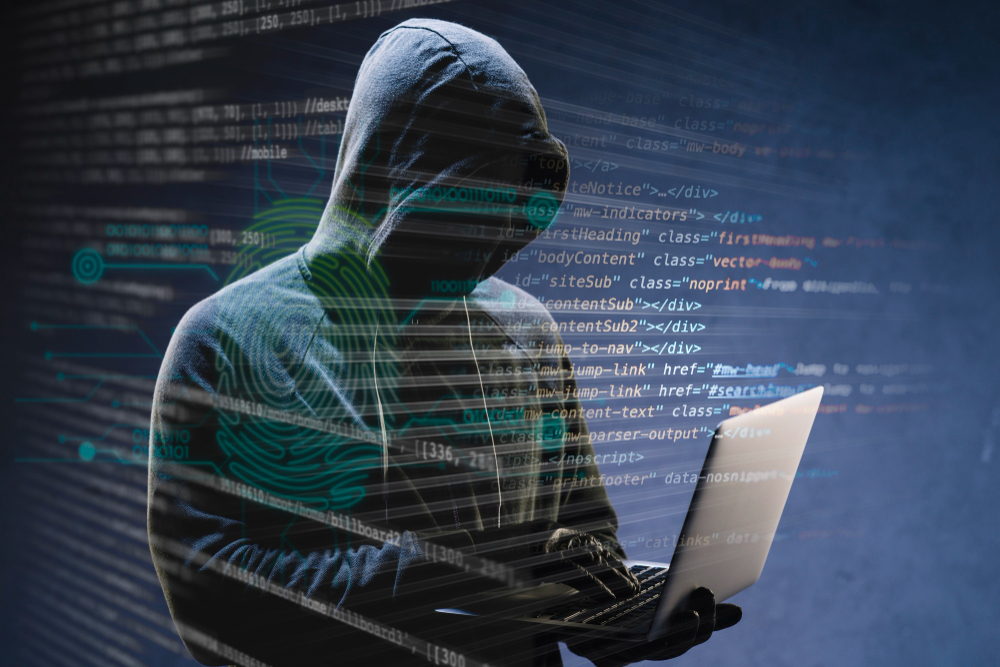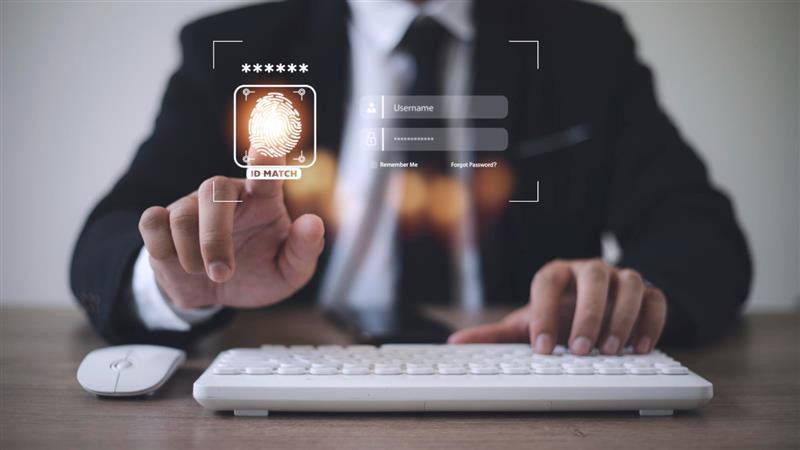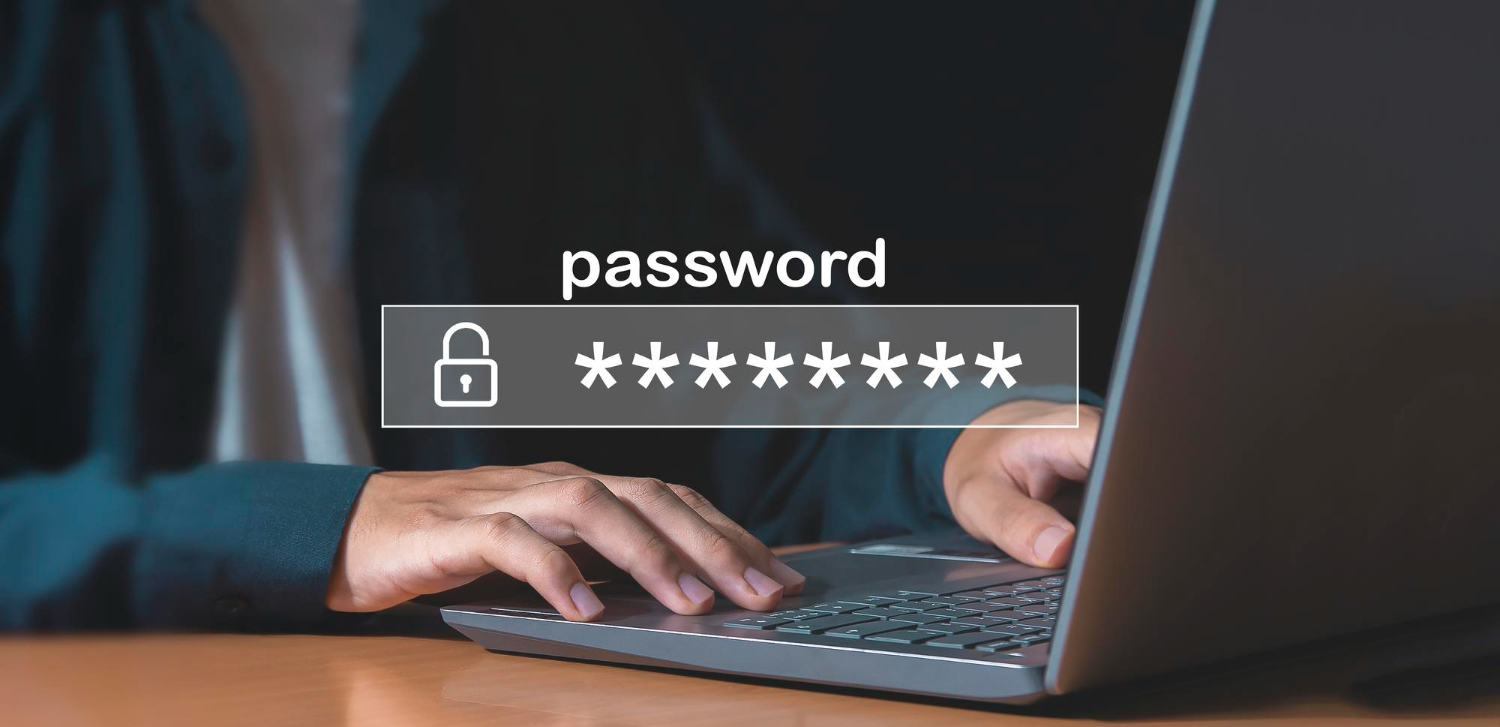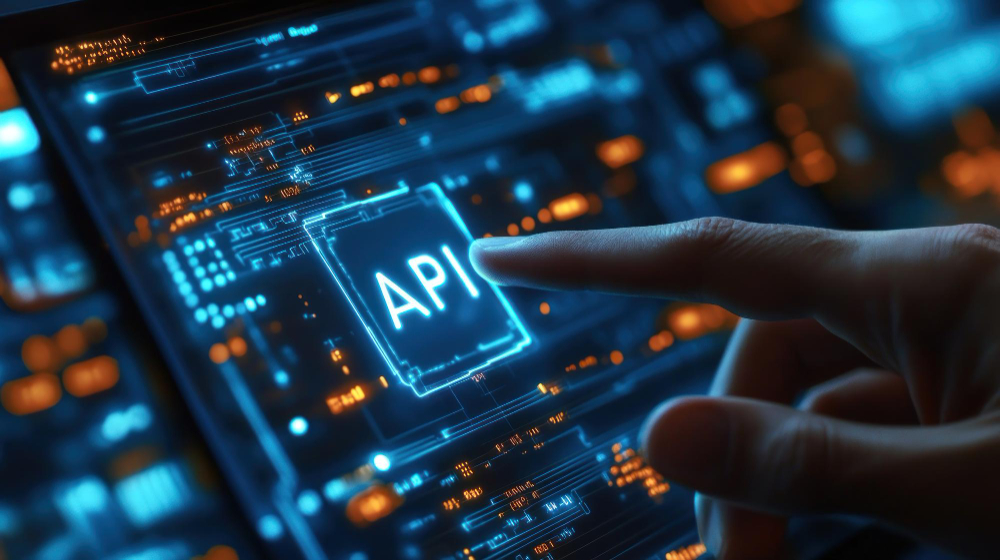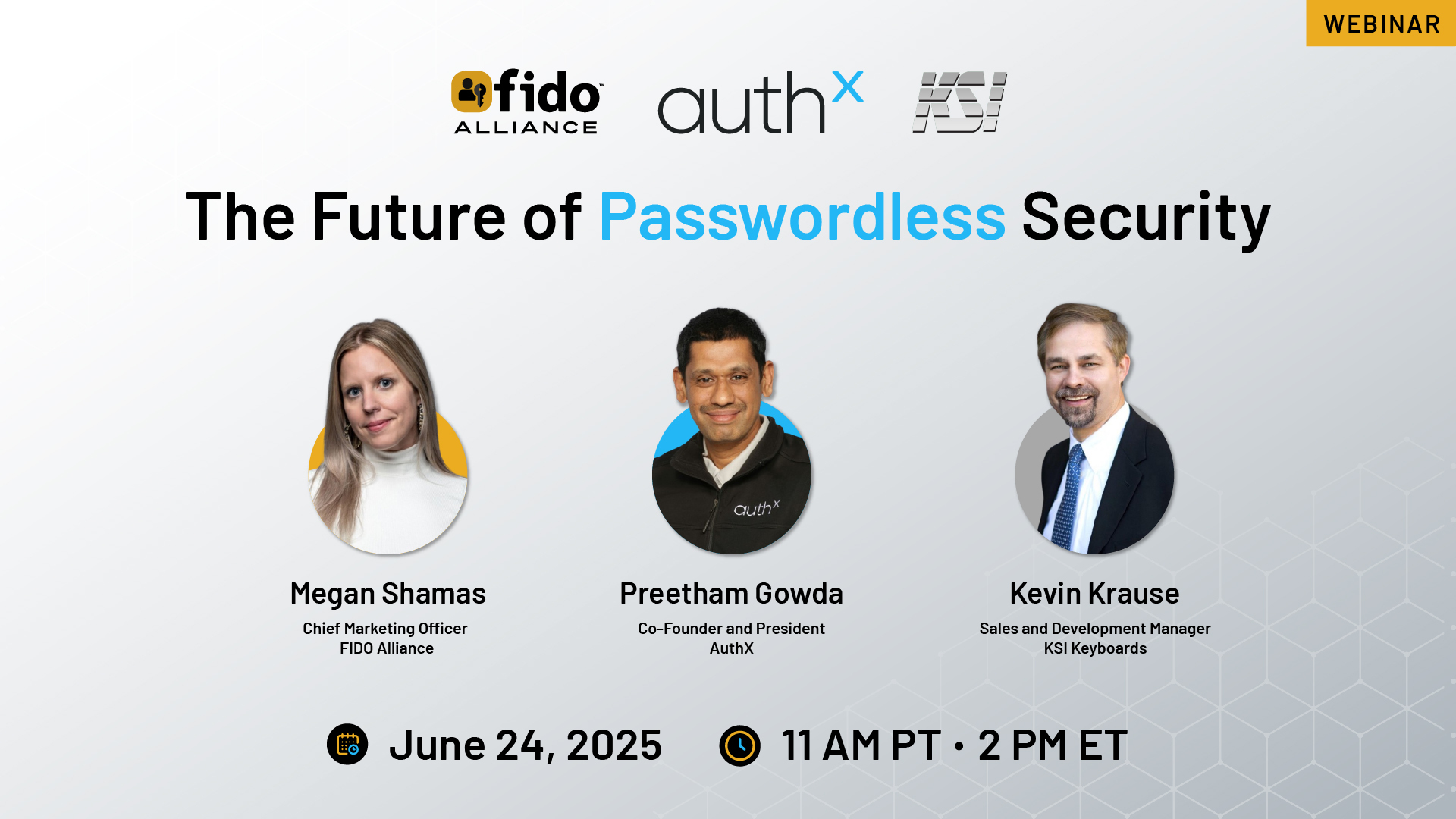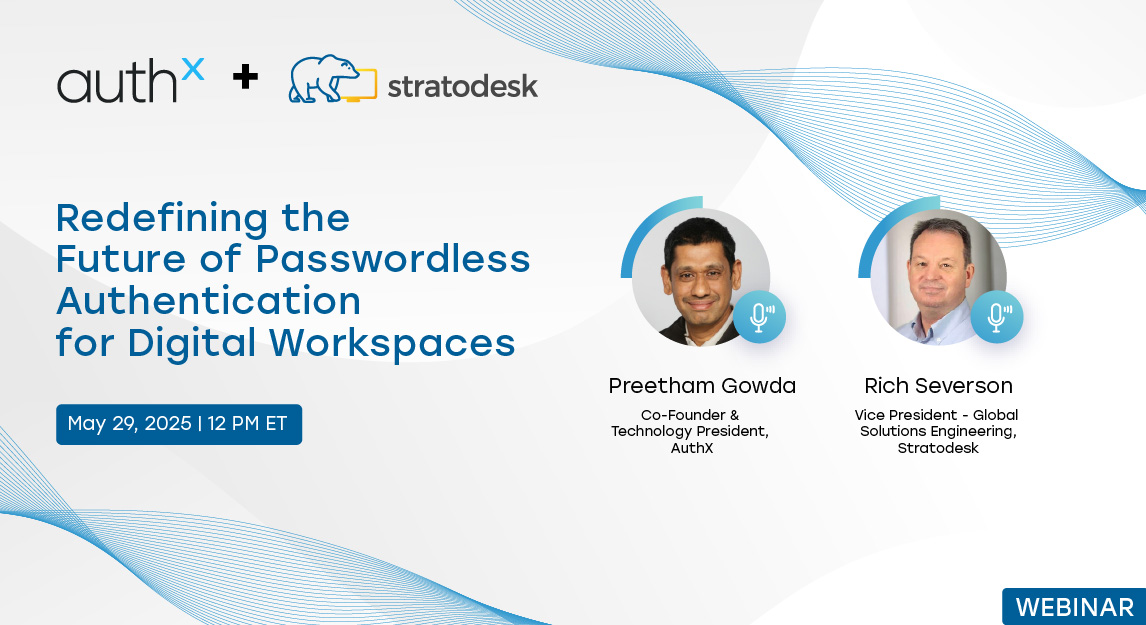Over the last decade, we’ve talked a lot about digital transformation in healthcare. EHR adoption skyrocketed, telehealth went mainstream, and cloud migration picked up steam. But amid all this change, one thing became painfully clear; healthcare security isn’t keeping pace. And nowhere is that more evident than in how we manage identity.
Take the Change Healthcare breach in early 2024. A multi-billion-dollar business, paralyzed by ransomware because one server didn’t enable multi factor authentication in healthcare. That one gap cost them $22 million in ransom and is expected to cost over $1.6 billion in total recovery efforts.
If there’s one lesson about MFA healthcare IT leaders keep repeating, it’s this: passwords alone aren’t enough. And the fix, while it may seem technical, is very human. We need to make access both secure and usable. That’s where an MFA in healthcare comes in.
What is MFA?
Multi-Factor Authentication (MFA) is a simple concept. It requires users to prove their identity using more than one method; something they know (like a password), something they have (like a phone or security key), or something they are (like a fingerprint or facial scan).
At first glance, that seems overkill. But in practice, it’s the most effective way to stop attackers who have stolen or guessed credentials. Even if someone has your password, they can’t log in without the second (or third) factor.
And this isn’t just theory. The FBI, the HIPAA Journal, and security experts across the board agree: MFA is one of the best ways to stop phishing, credential theft, and account takeover attacks.
Why Healthcare is Especially at Risk
We often hear: “Healthcare is a human business. We don’t have time for complicated logins.” But here’s the catch, because healthcare is so urgent and human, it’s also exceptionally vulnerable.
Here’s why:
- High-value data: Medical records are worth 10x more than credit cards on the black market.
- Urgency over security: Clinical staff are under constant time pressure, and security protocols can get skipped.
- Legacy tech: Many hospitals still run older EHRs and systems that are not built for today’s modern cyberthreats.
- Widespread remote access: The access footprint has exploded from remote clinicians to third-party vendors.
Benefits of MFA in Healthcare
We don’t need more fear, we need clarity. So, let’s break down the real reasons MFA in healthcare is worth implementing in every environment, large or small.
1. It Stops Most Attacks Cold
Even when credentials are leaked or phished, MFA healthcare protocols block unauthorized access at the door. It’s simple math: add a second layer and exponentially reduce breach risk.
2. It Helps with HIPAA Compliance
HIPAA doesn’t prescribe MFA outright but mandates “reasonable and appropriate” safeguards. The Office for Civil Rights (OCR) has recorded that multi-factor authentication in healthcare is precisely that, especially after the Change Healthcare incident.
3. It Builds Patient Trust
Patients assume their data is secure. When it’s not, trust quickly erodes. MFA healthcare is committed to protecting patients’ identities along with their health.
Why Some Healthcare Organizations Still Hesitate?
Despite the benefits, we still hear things like:
“It’s too complicated for our healthcare professionals.”
“Our systems are too old.”
“We’re too small to be a target.”
Let’s be honest, these are valid concerns. But they’re also fixable.
The Pain Points:
- Perceived Inconvenience: Clinicians often see MFA medical steps as a timewaster.
- Complexity & Training: Many teams aren’t trained on MFA workflows.
- Cost: Budget constraints are real, especially in clinics or community hospitals.
- Shared Workstations: Many providers use shared logins on terminal PCs.
- Legacy Systems: EHRs or devices that don’t support modern protocols.
So, what’s the solution?
Modern MFA isn't What It Used to Be!
The idea that MFA slows people down is outdated. Today’s MFA in healthcare tools is faster, smarter, and less intrusive than ever.
- Push Notifications: Instead of entering codes, users get a quick tap-to-approve prompt on their phones. There is no typing, no delay.
- Biometric Authentication: Face or fingerprint unlocks are quick, device-native, and secure. Clinicians don’t even have to remember a thing.
- Proximity-Based Access: Systems like badge-based MFA can detect when a user is near their workstation; log them in automatically and log them out when they leave.
Affordable Options Exist (Even for Small Practices)
Another blocker is the assumption that MFA is expensive. But the truth is that cost-effective tools are widely available, even for MFA clinic operations.
Here’s what we’ve seen work:
- USB Security Keys: Devices like YubiKeys cost ~$20–50 and provide high-assurance authentication.
- Mobile Authenticator Apps: Google Authenticator, AuthX Authenticator, and Microsoft Authenticator are highly effective.
- Shared Account MFA: Tools like AuthX offer secure ways to use MFA medical solutions even on shared logins or terminals.
So yes, budget matters, but you don’t need a million-dollar cybersecurity suite to get started.
Integrating MFA into Legacy Systems
If you’re dealing with older applications or EHRs that don’t support native multi factor authentication in healthcare, you’re not alone. Many organizations still rely on legacy systems that were never built with modern security in mind. Fortunately, protocols like SAML and OAuth make it possible to layer MFA onto these systems without a full rip-and-replace overhaul. A smart starting point is to focus on high-risk systems such as EHR platforms, VPN and remote access tools, admin dashboards, and email or messaging systems. Once MFA is in place for these critical areas, you can scale efficiently using a centralized IAM platform that brings all access controls under one roof.
Best Practices for MFA in Healthcare
To make your MFA implementation stick, here are some principles that work:
1. Start with Training
Don’t just roll out MFA and expect adoption. Run workshops, share examples, and show how it improves security and productivity.
2. Make Policies Clear
Decide which systems require MFA, what methods are allowed, and how exceptions are handled. Please put it in writing.
3. Run Regular Audits
Check who’s using MFA, where it’s being bypassed, and how authentication behavior is evolving.
4. Listen to Feedback
If users are frustrated, don’t ignore them. Iterate, optimize, and offer alternatives that still meet your risk threshold.
What's Next: The Future of MFA in Healthcare
We’re not stopping at push and fingerprint.
The next wave of MFA innovation is already here:
- Continuous authentication: Instead of a one-time check, systems monitor behavior during the session.
- Advanced biometrics: Palm vein scans, gait recognition, and retina scans.
- AI & risk-based policies: Smart systems that step-up authentication only when something feels off.
- Decentralized identity: Using blockchain to eliminate centralized credentials.
The big shift? Moving from “secure login” to “secure presence.”
How AuthX Helps Healthcare Make MFA Work
At AuthX, we work with healthcare organizations of all sizes, from local clinics to expanding hospital networks, and we’ve seen how the right MFA implementation can radically improve security. Our platform offers multi-modal MFA, including face, fingerprint, passkeys, badge taps, push notifications, and token-based methods. We ensure seamless integration with EHRs and existing SSO systems, all while maintaining a HIPAA-aligned, privacy-first architecture.
AuthX provides the flexibility healthcare teams need. With intuitive dashboards for tracking MFA usage, enforcement, and even SMS costs, organizations gain the visibility they need without the overhead. And thanks to our rapid deployment approach, you can strengthen security without overwhelming your IT team or slowing down your clinical workflows.
Final Thoughts: Secure Access is Safer Healthcare
Cybersecurity in healthcare isn’t just about protecting data; it’s about safeguarding care itself. MFA in healthcare may not be a silver bullet, but it’s one of the most effective steps any organization can take now.
The path forward? Equip your teams with secure access that doesn’t slow them down. Earn patient trust. Stay HIPAA-compliant. Stay resilient.
And if you’re wondering where to begin, start here; with authentication that makes security simple, not stressful.
Want to learn more? 👉 Schedule a demo with AuthX
FAQs
Why is MFA important in healthcare?
MFA in healthcare protects sensitive patient data, prevents credential theft, and ensures only authorized users access critical systems. It’s now a best-practice standard across the industry.
Does multi-factor authentication in healthcare support HIPAA compliance?
Yes. While not explicitly required, multi factor authentication in healthcare is seen as a “reasonable safeguard” by HIPAA regulators, especially after recent high-profile breaches.
Can MFA work in hospitals with legacy systems?
Absolutely. Many MFA hospital solutions integrate with older EHRs using protocols like SAML and OAuth, allowing secure access without system overhauls.
Is MFA too complicated for clinicians in fast-paced environments?
Modern MFA medical tools use fast methods like biometrics, push notifications, passkeys, or badge taps designed to secure access without disrupting clinical workflows.
What are affordable MFA options for small clinics?
MFA clinic solutions now include mobile apps, USB keys, and shared-account authentication, all scalable and cost-effective, even for smaller medical practices.

